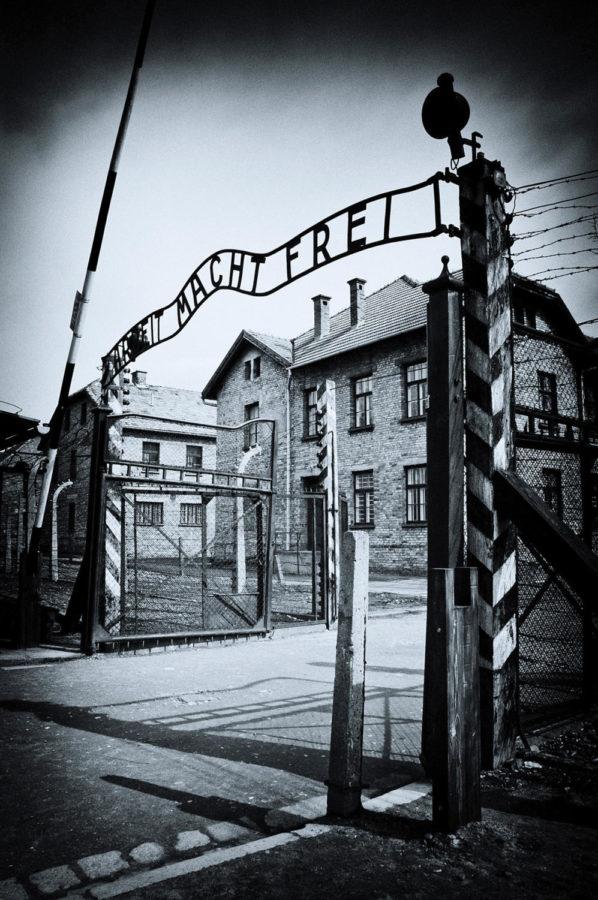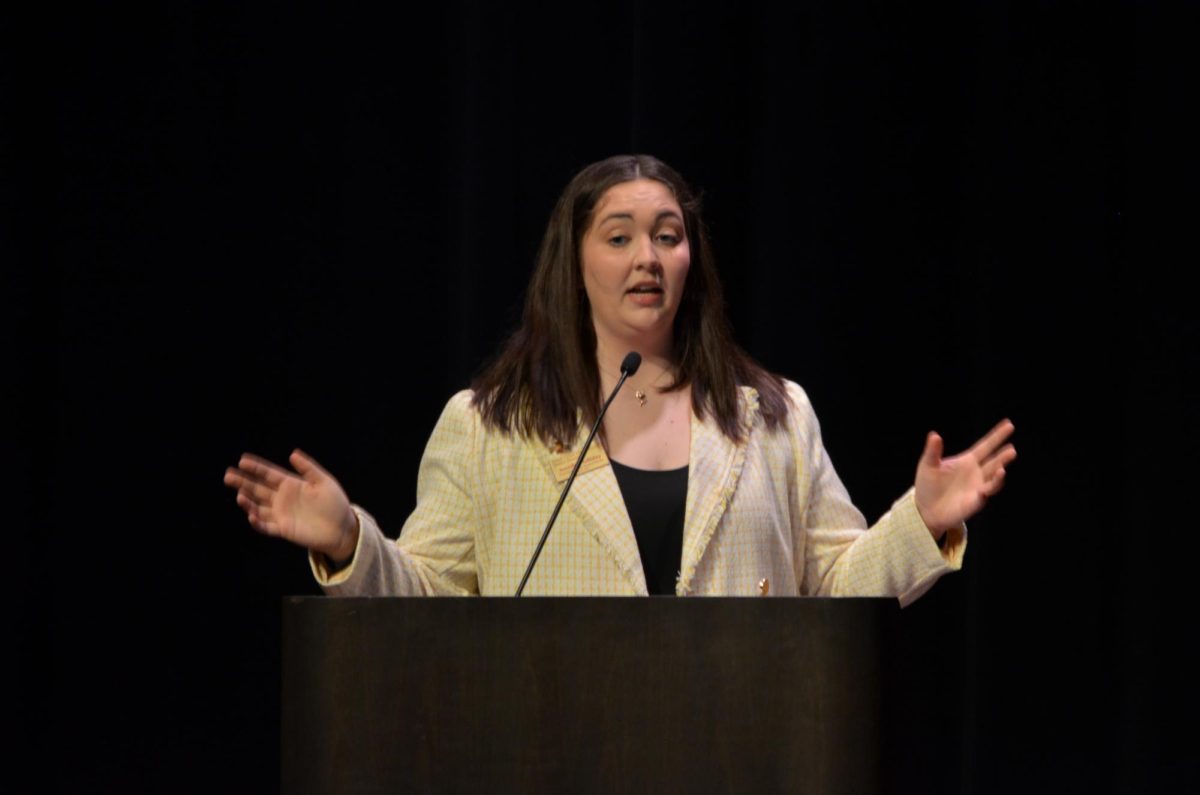Guest Column: In discourse around gender issues, parallels abound to 1930s
March 20, 2012
In my continuing quest to understand and make meaning of current political, economic and social realities, I constantly glance back into historical eras looking for similarities and parallels from which I can draw conclusions and possibly learn from past mistakes we as humans have made. While each era unquestionably poses unique conditions and challenges in many respects, I believe history has enumerable lessons to teach if we are willing to learn.
Though I rarely offer comparisons between events transpiring before and during the ascension to power of the German Third Reich with resemblances to contemporary United States — since to do so could result in trivializing one of the most horrific episodes in human history — nonetheless, I am haunted by certain parallels that demand expression.
I am troubled by multiple similarities between that time not so very long ago with the discourses expressed and events transpiring today, though I want to highlight, in particular, the parallels I see in Nazi portrayals and understandings of sex, sexuality, gender and gender expression: a divisive and brutal program that was anti-feminist, anti-women’s equality, anti-women’s reproductive freedoms (anti-family planning, anti-contraception, anti-abortion), anti-lesbian, anti-gay, anti-bisexual, anti-transgender, anti-gender nonconforming, anti-sexuality education in schools.
For example, Alfred Rosenberg, one of the Nazi’s chief ideologues, directed his misogynist outrage against women: “The emancipation of women from the women’s emancipation movement is the first demand of a female generation trying to rescue nation and race, the eternally unconscious, the foundation of all civilization, from decline … [O]ne thing must be made clear: Only a man must be and remain judge, soldier and politician.”
The Nazis added paragraph 218 of the German Penal Code to outlaw abortions and establish a national file on women who had undergone, and doctors who had performed, abortions.
The Nazis acted on and eventually extended paragraph 175, the section of the German Penal Code dating back to 1871 with the unification of Germany: “Unnatural vice committed by two persons of the male sex or by people with animals is to be punished by imprisonment; the verdict may also include the loss of civil rights.”
Nazi ideology rested on the assessment that homosexual (males) lowered the German birth rate; they endangered, recruited, enticed and corrupted youth; that a possible homosexual epidemic could spread; that homosexuals are “potential oppositionists” and enemies of respectable society; and that sexual relations between people of the same sex impairs their “sense of shame” and undermines morality, which inevitably will bring about the “decline of social community.”
While Nazi ideology and practice rejected lesbianism as well, they did not criminalize same-sex sexuality between women, as they had in Germany’s paragraph 175 of the Penal Code, because they believed that so-called “Aryan” lesbians could produce children for the “New Germany.”
On the other hand, Heinrich Himmler, Gestapo head and chief architect of the Reich’s anti-homosexual campaign, justified his actions by arguing that male homosexuals were “like women” and therefore could not fight in any German war effort. Subsequently, he conducted surveillance operations on an estimated 90,000 suspected homosexuals, arrested approximately 50,000 and transported somewhere between 10,000 and 15,000 to a number of concentration camps throughout the Nazi dominion. Very few survived.
Hitler also proposed eliminating all sexuality education from the German school system and encouraged parents to take on the primary responsibilities for sexuality instruction within the home.
The Nazi regime connected multiple forms of oppression when Himmler reorganized the Reich Criminal Police Bureau to centralize operations by creating a national file on male homosexuals, transgender people, what they referred to as “wage abortionists” (women and their doctors) and to monitor the production and ban the use of contraceptives to “Aryan” women. Within this bureau, they established the Reich Office for Combatting Homosexuality and Abortion, which — in the single year of 1938 alone — conducted 28,366 arrests for abortion and 28,882 arrests of male homosexuals.
The common thread running through Nazi ideology regarding gender, gender expression and sexuality was the intense campaign to control individuals’ bodies and the bodies of members of entire communities in the attempt to control their minds.
Throughout history, examples abound of patriarchal domination over the rights and lives of women and LGBT people. Women and LGBT people have been constructed as second-class and even third-class citizens not merely in Nazi Germany, but today as the current political discourse indicates. But women and LGBT are certainly not victims because through it all, women and LGBT people as individuals and as groups have resisted and challenged the inequities and have pushed back against patriarchal constraints. I hope, though, that we as a society can learn from the tyranny of the past.

















